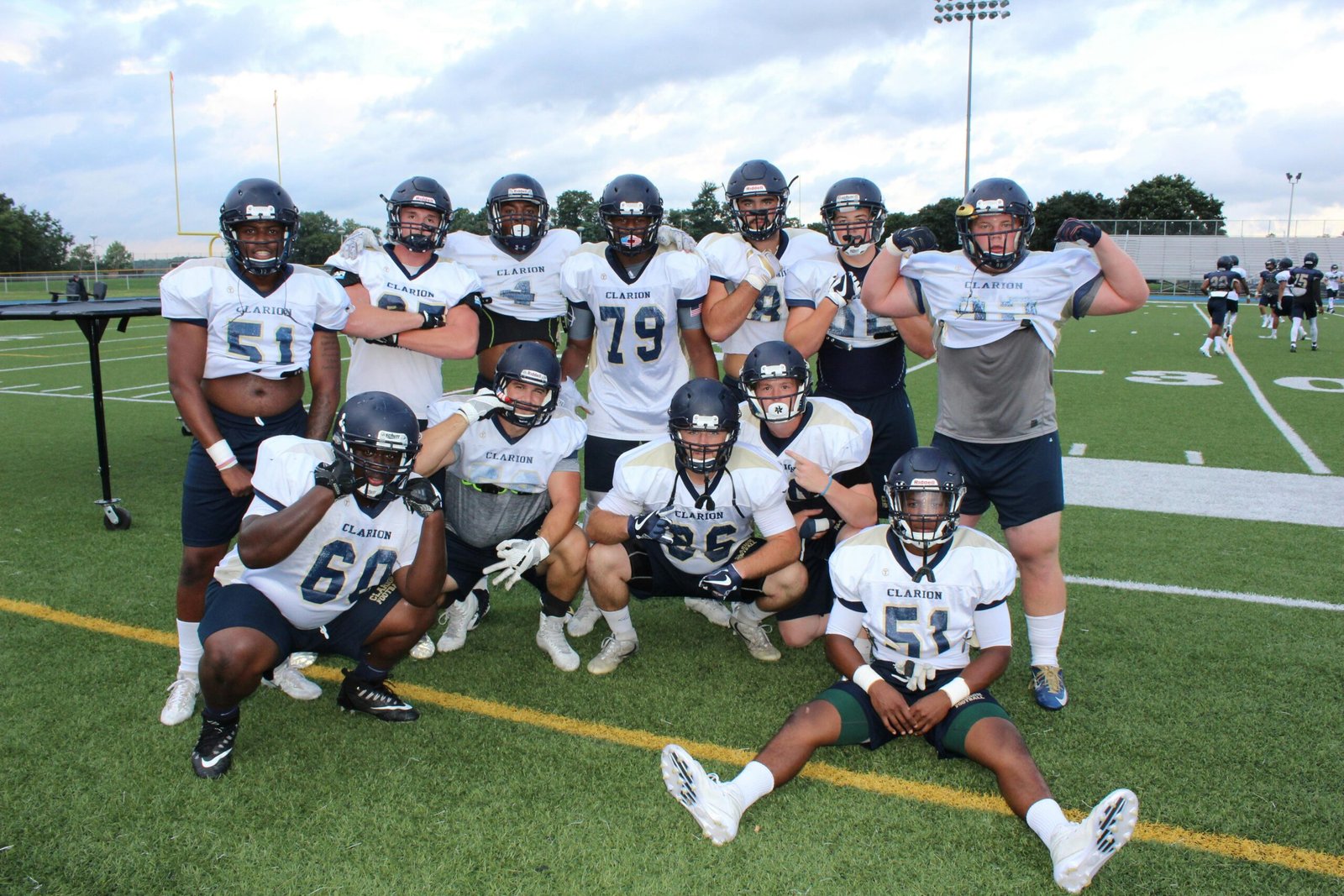Funding is critical for the sustainability and growth of any sports club. Whether you are starting a new club or expanding an existing one, identifying and securing multiple income streams ensures operational stability, access to better facilities, and the ability to invest in coaching, equipment, and community initiatives. This guide explains practical ways to raise funds, navigate grant applications, attract sponsors, and run effective fundraising campaigns.
1. Understanding Your Club’s Financial Needs
Before approaching funders or planning fundraising activities, clarify exactly what your club requires. Consider:
- Start-up costs: facilities, equipment, insurance, marketing
- Ongoing operational expenses: session delivery, staff or volunteer training, administration
- Projected growth: expanding membership, additional coaches, new facilities
- Contingency funds for unexpected costs
- Long-term investments: development programmes, competitions, or infrastructure
A detailed budget or financial plan provides clarity, strengthens funding applications, and demonstrates professionalism to potential sponsors and grant providers.
2. Applying for Grants
Grants are often the most substantial source of funding for community and amateur sports clubs. Key considerations include:
- Identifying grant sources: local authorities, national sports governing bodies, charitable trusts, lottery funding, and foundations
- Eligibility requirements: membership size, legal structure, community impact, or project type
- Application preparation: clear project description, objectives, budget breakdown, outcomes, and timelines
- Supporting documentation: club constitution, financial accounts, insurance certificates, committee structure
- Reporting and accountability: tracking outcomes and financial reporting as required by funders
Successful grant applications are thorough, accurate, and demonstrate measurable community or sporting benefits.
3. Securing Sponsorship
Sponsorship provides financial support in exchange for visibility or promotional opportunities. To attract sponsors:
- Identify potential sponsors aligned with your club’s values and audience
- Prepare a sponsorship proposal outlining:
- Audience demographics and reach
- Club activities and events
- Branding opportunities (kits, website, social media, signage)
- Sponsorship tiers with defined benefits
- Duration and renewal options
- Maintain professional communication and fulfil commitments
- Build long-term relationships through recognition and engagement
Sponsorship adds credibility, strengthens community connections, and can supplement or replace membership income for specific projects.
4. Fundraising Activities
Fundraising can engage members, parents, and the wider community while generating revenue. Consider a mix of approaches:
- Events: fun runs, tournaments, social nights, or charity competitions
- Merchandise sales: club-branded clothing, equipment, or memorabilia
- Crowdfunding: online campaigns for specific projects or capital expenses
- Membership drives with added incentives: referral rewards, discounted trial sessions
- Corporate partnerships: in-kind donations, matched giving, or volunteer support
Successful fundraising requires clear planning, promotion, and post-event evaluation to improve future campaigns.
5. Financial Management and Compliance
Effective use of funds is as important as securing them. Ensure:
- Accurate accounting for grants, sponsorships, and fundraising income
- Proper allocation of funds according to budgets and funding conditions
- Regular reporting to the committee and, where required, funders
- Compliance with tax regulations and gift aid provisions
- Transparent record-keeping for audits, inspections, or grant reviews
Good financial management builds trust, supports future funding applications, and protects the club from financial risk.
6. Diversifying Income Streams
Relying on a single source of funding is risky. Clubs should aim to:
- Combine grants, sponsorships, membership fees, and fundraising
- Explore income from facility hire, coaching courses, or community partnerships
- Develop long-term financial plans to support sustainability and growth
- Monitor income sources regularly and adapt strategies as needed
Diversification ensures resilience against changing circumstances and supports expansion projects.
7. Communicating Success to Funders
Funders and sponsors value clear evidence of impact. Share:
- Participation statistics, demographic information, and community reach
- Success stories, achievements, and progression of members
- Visual content: photos, videos, social media posts
- Regular updates and annual reports
- Recognition of sponsors in communications and events
Effective communication increases the likelihood of repeat funding and strengthens the club’s reputation.
FAQs
What types of grants are available to sports clubs?
Local authority grants, national governing body funding, charitable trusts, lottery funding, and project-specific grants are common sources.
How do I approach sponsors?
Research aligned businesses, prepare a professional proposal with benefits clearly defined, and maintain ongoing communication.
Can fundraising cover all club costs?
While it can supplement income, fundraising is most effective when combined with grants, sponsorship, and membership fees.
Do I need to report to funders?
Yes, grant and sponsorship agreements usually require regular updates and financial accountability.
How can I ensure sustainable funding?
Diversify income streams, maintain professional records, engage members and the community, and communicate successes to funders.



